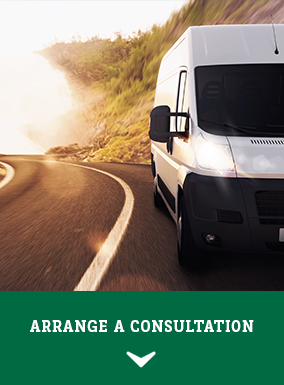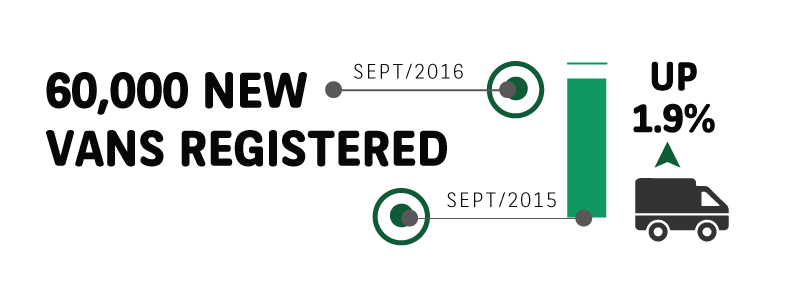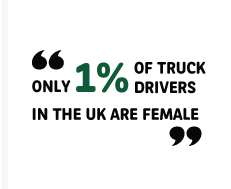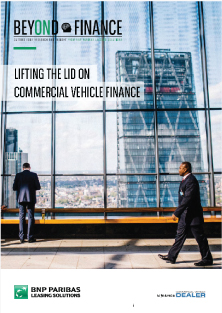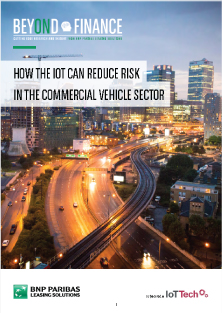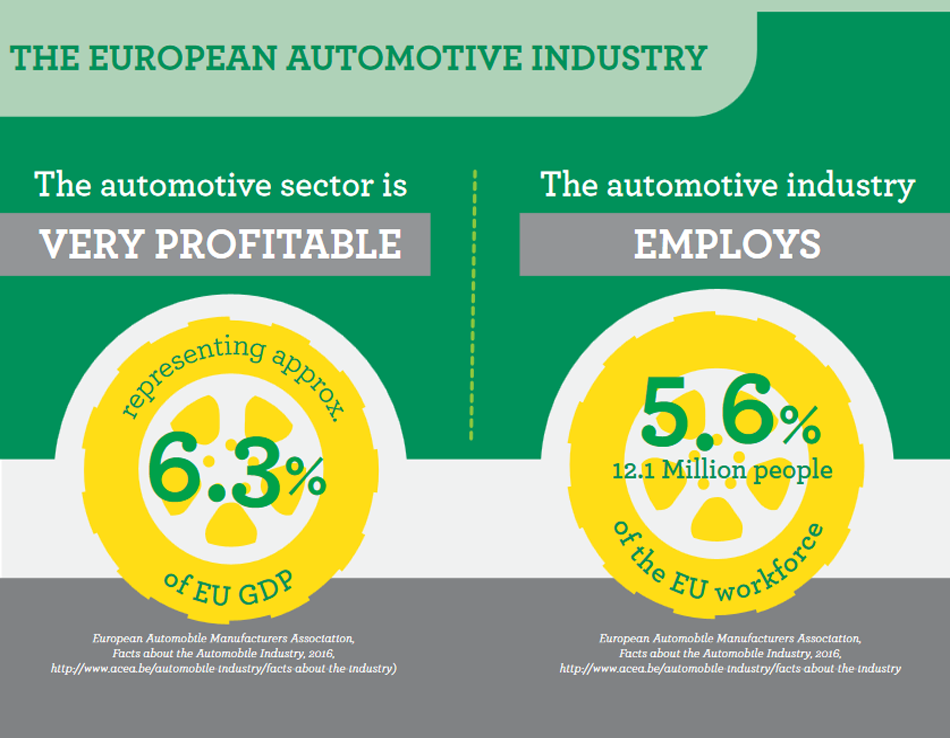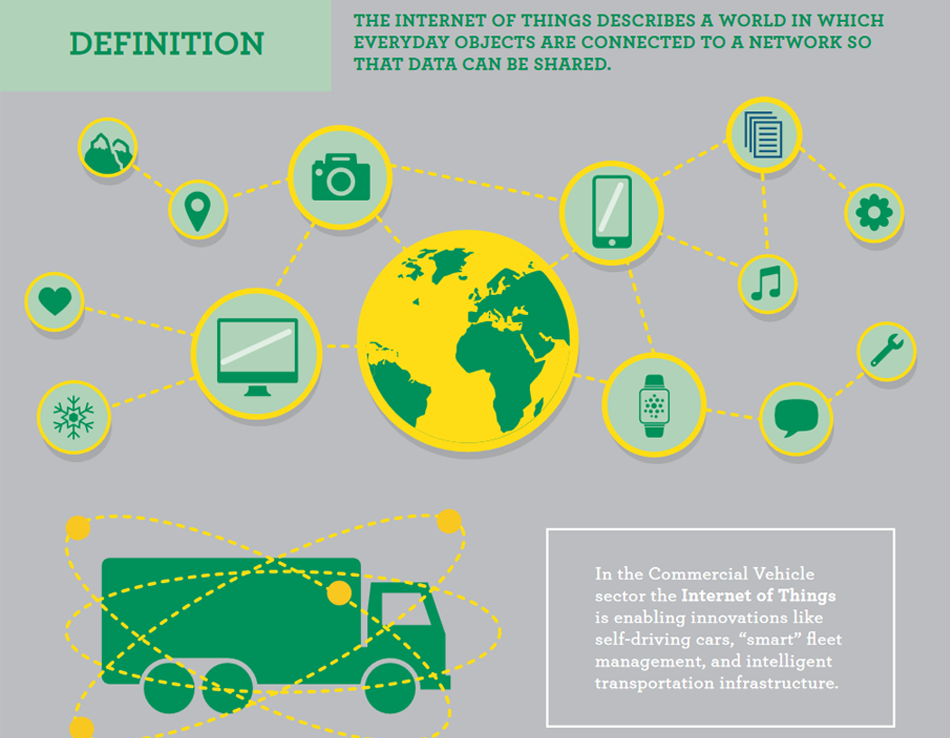Accident avoidance
Whether businesses are using new commercial vehicles or older models, accidents happen. But when they do, they can potentially cause injury, loss of profits and loss of efficiency – amongst other things. It’s in the interest of every business to mitigate the number of incidents that occur within their fleet.
Fortunately, technology has advanced to the point where many new commercial vehicles come with sophisticated collision detection tools. For example, the Volkswagen Caddy has built-in autonomous emergency braking, which can identify a potential source of impact, warn the driver away from it, and – as a last resort – brake on the driver’s behalf. Other vehicles come with blind spot indicators that perform a similar function.
Battery powered vans
In theory, battery powered vans offer an environmentally-friendly alternative to traditional petrol and diesel engines. Manufacturers such as Volkswagen are experimenting with introducing this kind of power to their new commercial vehicles, launching their first battery powered van this year.
However, in practice, we may be some way away from seeing battery-powered fleets. These are ultimately businesses, after all, and until the right balance between cost, environmental obligations, and efficiency is struck, petrol and diesel engines will remain the status quo.
That said, don’t count against companies like Google and Tesla – which innovate across a number of areas – investigating this potentially lucrative corner of the market and seizing it for themselves. If manufacturers won’t take advantage of this opportunity, technology companies will be more than obliging.
Telematics
Digitisation and connectivity have the potential to redefine the industry. Telematics solutions employ big data and predictive analytics to facilitate superior fleet management – while lowering costs and boosting overall efficiency. Not only do they know the precise location of each vehicle, they know how the driver is operating it. This allows them to identify areas of persistent weakness, slash journey times, and boost profits.
What’s more, it’s already happening: across Europe, Nissan – in partnership with Verizon – is introducing telematics solutions into its new commercial vehicles, allowing end-users to track and improve their vehicle performance in real-time.
Self-driving
It wasn’t that long ago that the self-driving car seemed like the stuff of science fiction. Though it’s not quite here yet, it could be in the near future as the UK government intends to see self-driving vehicles on the streets by 2020. When they do arrive, it may have huge implications for the industry.
At Wired 2016, plans for a lightweight, autonomous van were unveiled by Change, the automotive technology firm. Using in-house software that can be uploaded to these vehicles “at the touch of a button”, it can reportedly be made available to commercial fleets the moment self-driving car legislation is approved. The implications of this for the industry are considerable, especially in a time where there’s a shortfall of 60,000 drivers: autonomous vehicles never fall ill, change jobs, or get distracted.
Investing in assets for the present and future is always worth it. By providing flexible finance options to your customers, you offer them the chance to secure game-changing technology at their convenience – without causing undue damage to their budgets.
Interested in finding out how your dealership can capitalise on new opportunities in the commercial vehicle sector? Contact us today to discuss your objectives and find out how BNP Paribas Leasing Solutions can help grow both you and your customers’ businesses.


